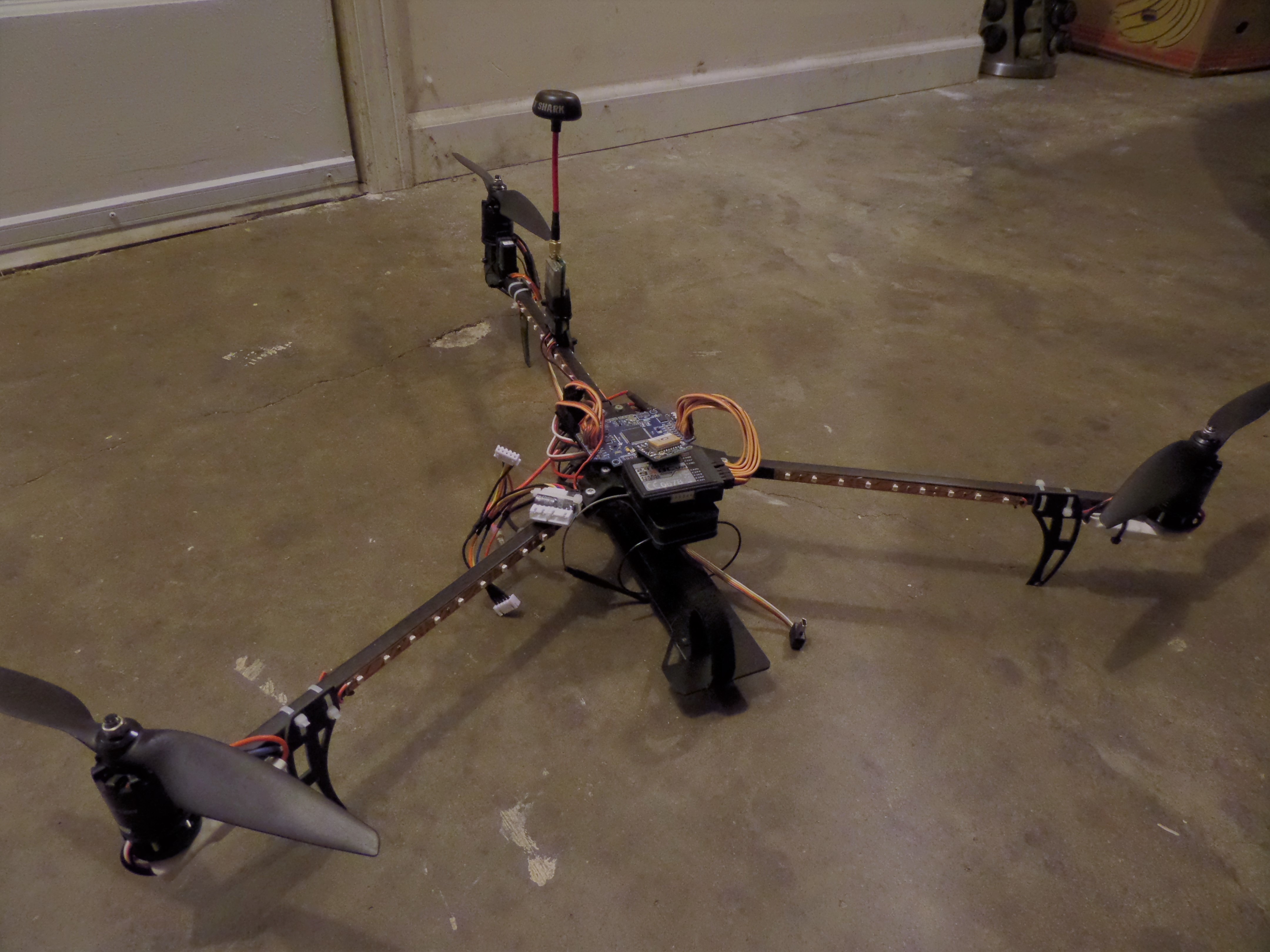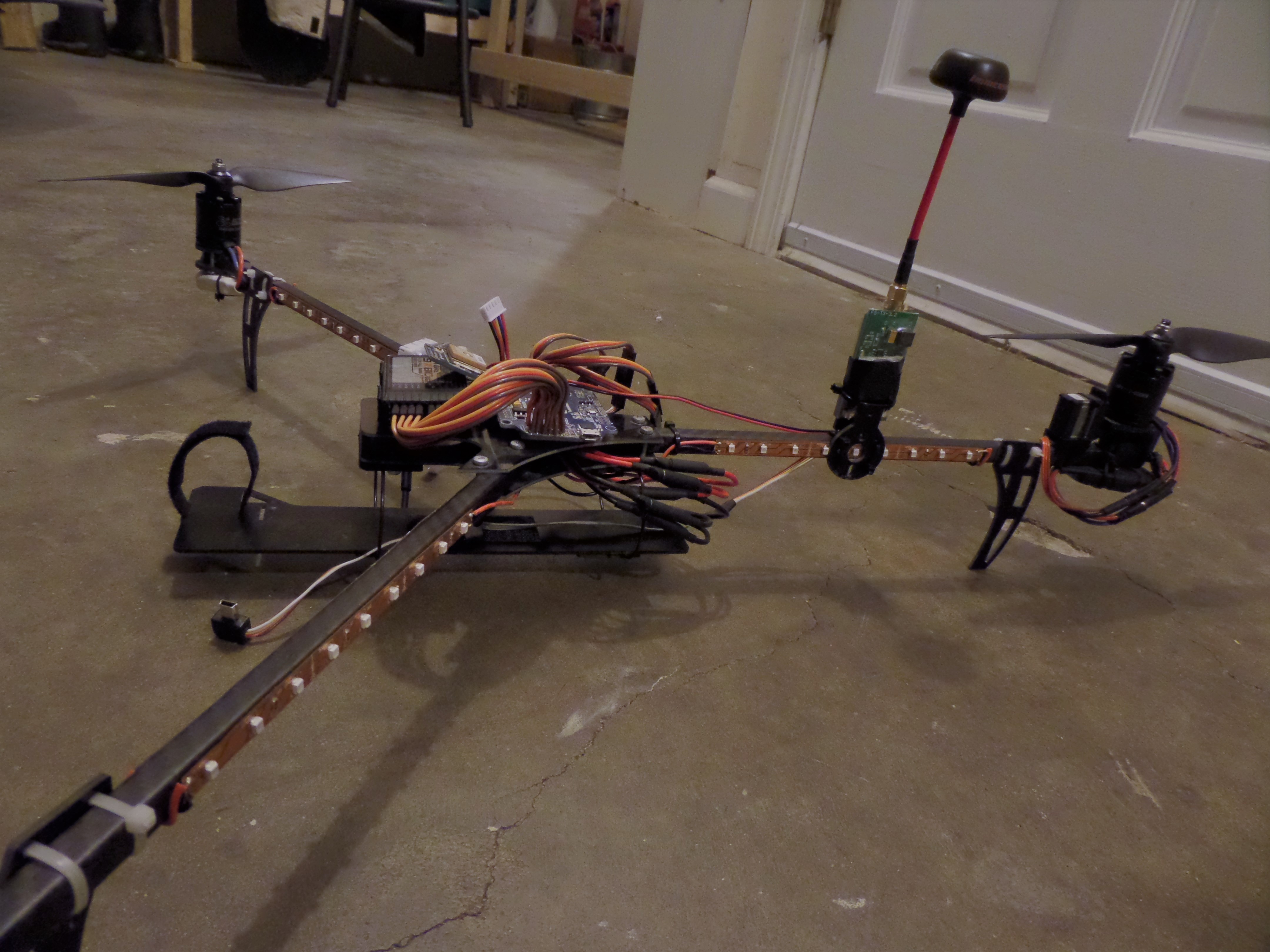All the parts for my racer have arrived! The plan is to do the build this weekend. I’ll be taking a lot of pictures to document everything that goes into making a racing-quality quadcopter! In the meantime I will take a diversion to explain how I got into this whole thing…
In 2013 one of my favorite news aggregation sites published a story drawing attention to a video of a crazy Swedish man named David Windestal. In it, David attached a remote-controlled airplane to a weather balloon, let it ascend into the stratosphere, then piloted the plane back down using a live video feed… all the while everything that could go wrong did go wrong:
https://www.youtube.com/watch?v=rpBnurznFio
I couldn’t believe that something like that was possible; that the technology was here that allowed the everyman to go and engineer a stunning project that told such a compelling story. It evoked a spirit of mad science in me that I couldn’t contain. I was instantly obsessed and continued watching all of David’s videos.
Among the tongue-in-cheek remote-controlled ducks and tank battles were videos that put me on the path toward building multi-rotor helicopters. He was flying FPV! Queue weeks of discovering forums and websites dedicated to the hobby and I was tunneling as fast as I could down the rabbit hole. As fast as a college student with no real job could, anyway.
This beast is made from square wooden dowel rod arms, a hub and motor mount kit from FliteTest, and various electronics pieced together from online stores. Yes, it was actually common to use wooden frames just a few years ago. It was also cheap. Not pictured are the pretty black plastic landing gear that were originally built onto the motor mounts. They were retired long ago after being repeatedly shattered and hot glued back together after many, many, many crashes. The arms were broken several times; they’re probably more wood glue than wood at this point.
I flew Big Geek with 11″ props and 3 cell, 3000mAh batteries. It typically flew between 15-17 minutes per battery. It has a servo set up to trigger a bomb drop from which I dropped one of those winged, whistling Nerf footballs. It also has LED light strips that not only look cool, but also help with keeping the orientation of the copter straight. I flew Big Geek for about a year before wanting to build a smaller copter of higher quality.
I’ve been flying this copter for a couple years. It’s another David Windestal design–the Tricopter V3. The frame kit is from David’s store and features hollow carbon fiber arms (through which the motor wiring is routed), and a delrin plastic body, camera tray, motor mounts and landing gear. The flight controller is an Arduino-based board that supports sensors like a barometer, magnetometer, and GPS.
I learned to fly FPV on this copter. The video transmitter and its antenna are sticking up there on the tail. I used a GoPro camera to provide the video feed as well as record footage while flying. It has 9″ props and I upgraded to using 4 cell batteries, never to turn back. The higher voltage of 4 cells in series provides a lot more power and response which is quite fun.
My goal from the very beginning was to fly FPV but I never made it happen until building Little Geek. The change in perspective from flying line-of-sight to flying first person was a whole new experience as you’d expect. It was still nerve-wracking to fly, but it also came naturally. I’ve played plenty of flight simulators in my day.
So since then I’ve been flying FPV on Little Geek whenever I have the opportunity, which until now has usually been when visiting my mother-in-law’s house in rural southeast Missouri. However, this multirotor hobby is currently blooming from a cottage industry into a major force in the RC world. Things have been progressing very rapidly. Very high quality components are getting cheaper all the time. Carbon fiber is everywhere, and the 8 bit processors of yesteryear are no more. And so the manner in which people fly has evolved as well. I am now driven to leap forward, to the forefront again, into the world of racing among a new community of pilots.
Now, if I can just make it through the rest of the work week…




